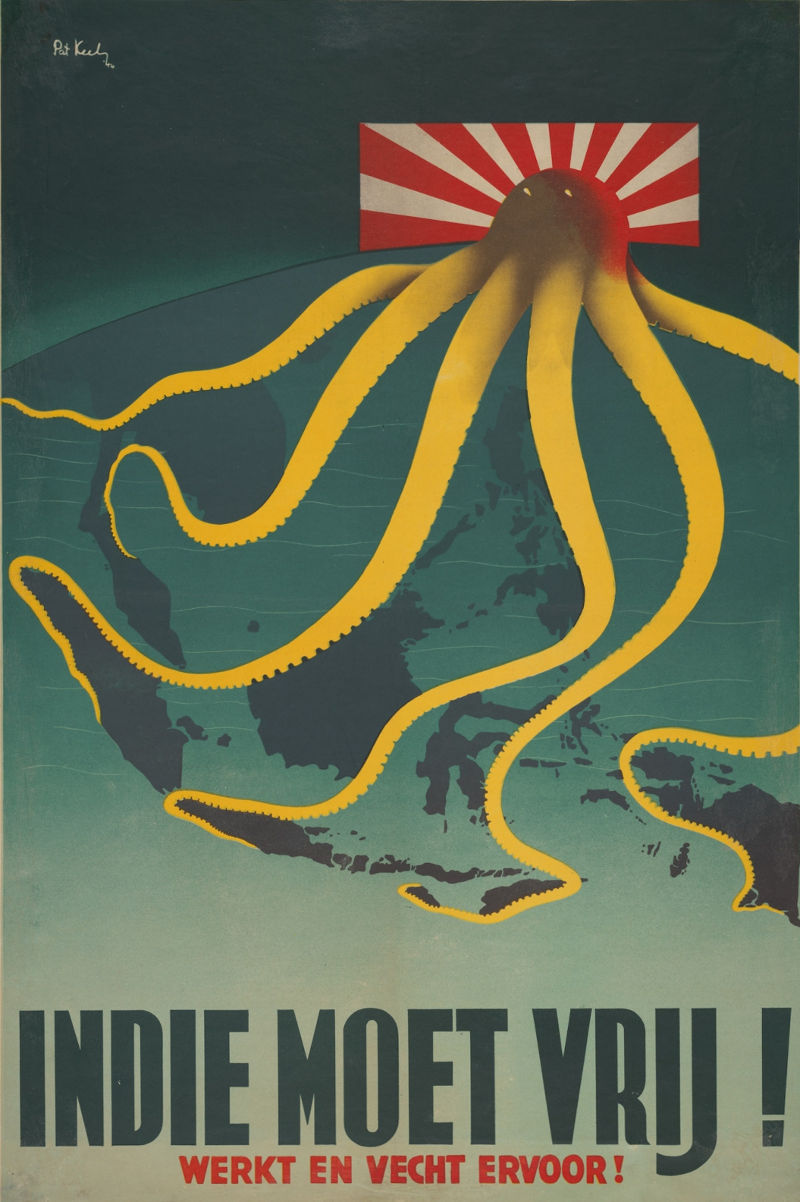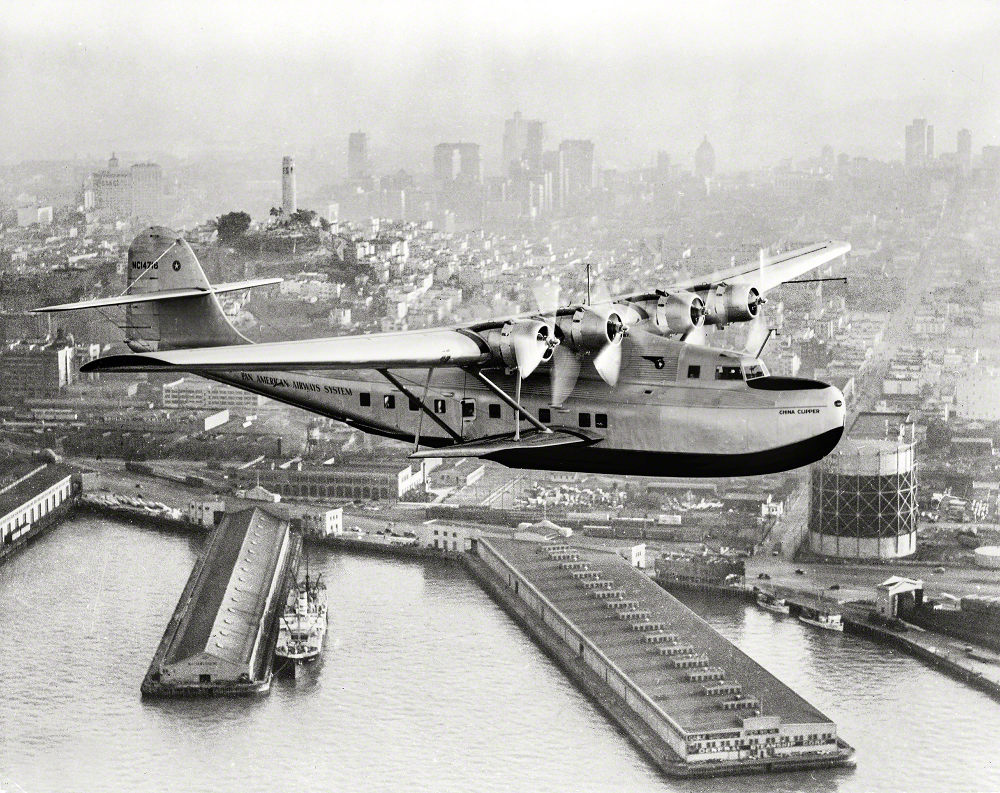Indie Moet Vrij! Werkt en Vecht Ervoor! (The Indies Must Be Free! Work and Fight For It!)
Ominous propaganda poster from the Indies showing the tentacles of the Japanese empire

Pulp Action from the Wild West through the Dirty 30s and More.
The original plan, envisioned by explorer Sir Hubert Wilkins and financed by the Hearst press organization, would have been a rendezvous between the LZ-127 Graf Zeppelin and Wilkins’ Nautilus (which was a surplus submarine obtained from the U.S. Navy). Unfortunately mechanical difficulties prevented the vessel from participating in the expedition.
Attilio Gatti, an Italian, World War I army officer, author, film-maker and explorer first set out to explore Africa in 1924. By the time he set out for his “final expedition” in 1938 he had already led 9 previous expeditions, one of those resulting in the 1927 film Siliva the Zulu. It was because of these films, plus his adventure writings in magazines like the Saturday Evening Post that he was able to obtain financing to further his travels. Exploits if his 10th expedition were later published in 1945 as South of the Sahara. Continue reading “Jungle Yachts, 1938”
Guatemala was ruled by General Jorge Ubico from 1931 to 1944. During his reign, Ubico created a widespread network of spies and informants and had large numbers of political opponents tortured and put to death. Ubico implemented a system of debt slavery and forced labor to make sure that there was enough labor available for the coffee plantations, which was their primary export.
The dictator gave away hundreds of thousands of hectares to the United Fruit Company (an American corporation that traded in tropical fruit, primarily bananas), exempted them from taxes in the municipality of Tiquisate, and allowed the U.S. military to establish bases in Guatemala.
Construction start: January 5, 1933, Construction end: April 19, 1937, Opened: May 27, 1937
Total length 8,981 ft (about 1.7 miles), Width 90 ft, Height 746 ft
In 1933 Adolf Hitler met with Ferdinand Porsche to discuss the development of a “Volks-Wagen” (“People Car”), a basic vehicle that should be capable of transporting two adults and three children at a speed of 100 km/h (62 mph), and which should cost no more than a 990 Richsmark (at an average income of 32RM/week).
Maps of the Japanese Empire in 1936 and 1942, from Life magazine, April 16, 1945
China Clipper (NC14716) was the first of three Martin M-130 four-engine flying boats built for Pan American Airways and was used to inaugurate the first commercial transpacific airmail service from San Francisco to Manila in November 1935. (Wikipedia)
 Continue reading “The “China Clipper””
Continue reading “The “China Clipper””